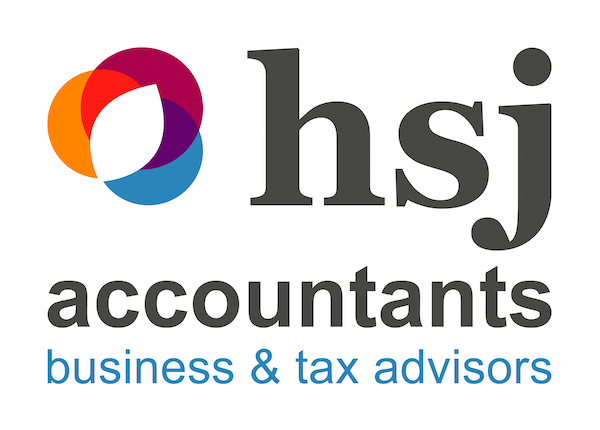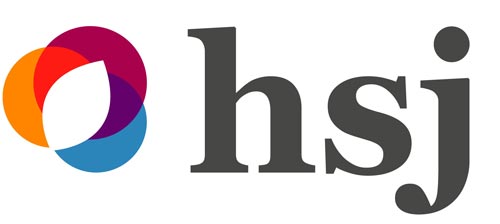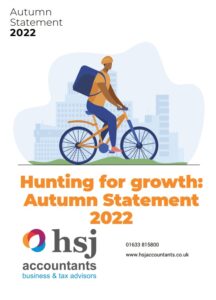As Jeremy Hunt took to the dispatch box just 34 days after taking on the role of Chancellor of the Exchequer, all eyes were on him.
Following the dramatic sacking of Kwasi Kwarteng after his October mini-budget unleashed market turmoil, a swift change in Prime Minister, and an ever-burgeoning cost-of-living crisis, Hunt promised that today’s Autumn Statement (delayed from 31st October) would ensure his tax and spending plans would “stand the test of time”.
With food prices in the UK rising at their fastest rate for 45 years, and the Bank of England warning that the nation is facing its longest recession since records began, Hunt’s focus, he claimed, would be “economic stability and restoring confidence that the United Kingdom is a country that pays its way”.
New fiscal rules, announced by Hunt in the statement, dictate that public sector borrowing as a percentage of GDP must fall and be below 3% within a five year period. That left Hunt with a “black hole of around £55bn in public finances” to plug – either through spending cuts or tax rises.
Set on such a stage, the Chancellor’s inaugural Autumn Statement proved to be quite unlike any other seen since the days of the coalition.
Acknowledging that the UK is currently in recession while reiterating that the Government’s three-fold priorities (stability, growth and public services) will help rebuild the economy and reduce debt, Hunt went on to announce a barrage of tax hikes, spending cuts and threshold freezes.
We’ve outlined the all key announcements of the statement and what it means for you and your business, below.



